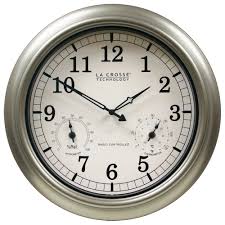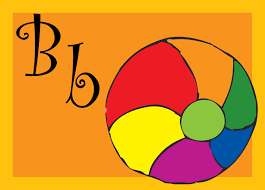This month we will be working on the "M" sound or the monster sound. We make this sound by putting lips our together and using our voice to say "m". We make the visual cue for this sound by using our pointer finger to move across our lips as we say "m".
This month we will be talking a lot about the "m" sound and practicing it by singing the songs and doing some fun monster activities. Some of the songs we will be singing are:
Did You Ever See A Monster?, If You're a Monster and You Know It and Who's Behind the Big Monster?
You can practice by "m" sound at home by doing some of the activities listed below.
-Share a snack with your child and practice saying m-m-m as you eat.
-While you are sharing a snack, give your child a few but hold the rest in view so he/she will have to use the "m" sound to ask for "more".
-Do a puzzle with your child. Encourage him/her to use the word "more" to ask for more pieces.
-Play with toy cows in a farmyard. Model and encourage your child to say the word "moo".
-Look through picture books of animals, dinosaurs or people. Ask your child to find all of their mouths, saying"mouth" for each one.
-Play toy cars or trucks, encourage your child to say "move" each time the cars and trucks move.
-Make a cake or muffins with your child. Let them "mix" the ingredients while practicing saying the word "mix".
-Hide a treasure and make a "map" of where to find it.
There are many monster books that you can read to your child that will provide many opportunities for them to hear the "m" sound in words. Some of these books are listed below. We will be reading some of them in our Large Groups this month.
Go Away Big Green Monster By: Ed Emberley
Sad Monster, Glad Monster By: Ed Emberley
If You're A Monster And You Know It By: Ed and Rebecca Emberley
There's A Monster At The End of This Book By: Jon Stone
Frank Was A Monster That Wanted To Dance By: Keith Graves
My Monster Mama Loves Me So By: Laura Leuck
Monster Munch By: Matt Mitter























